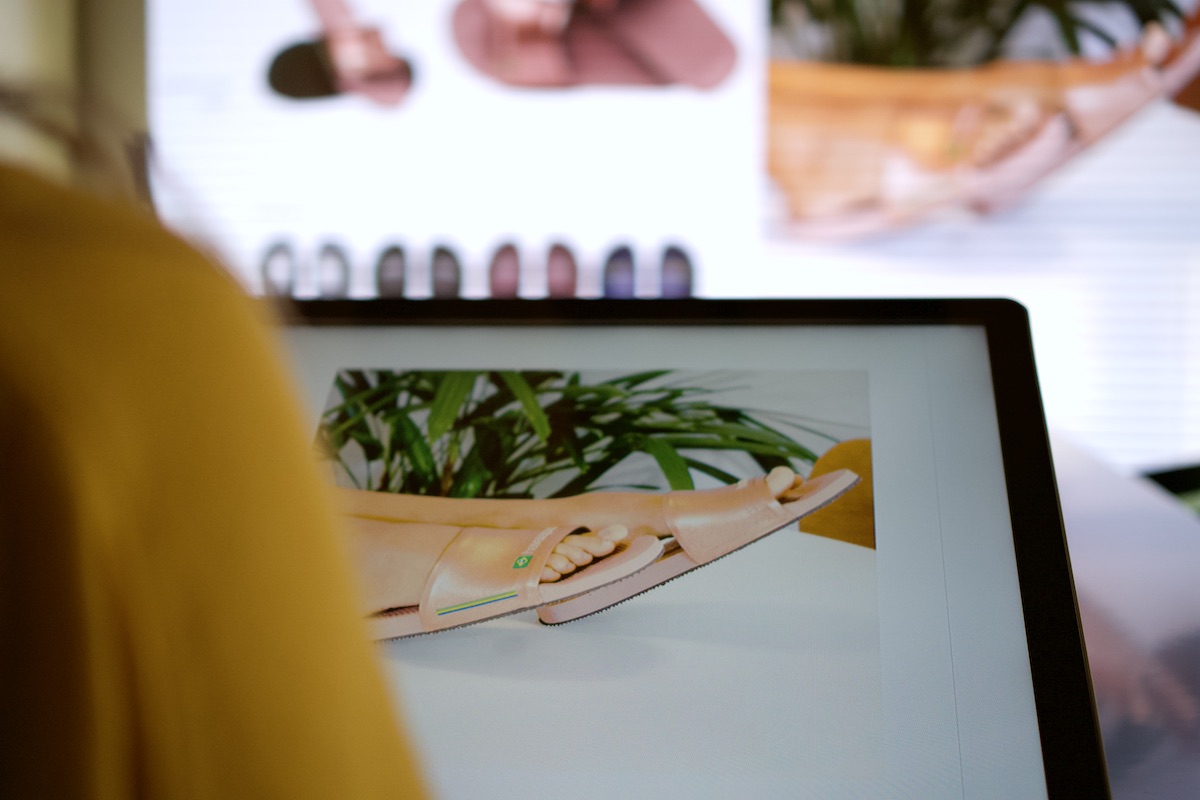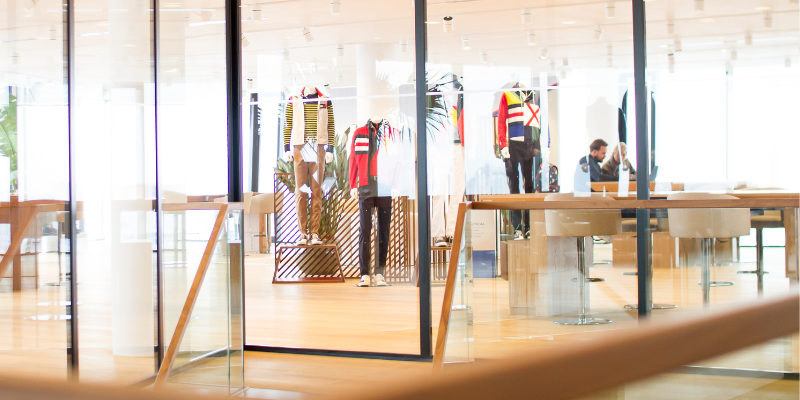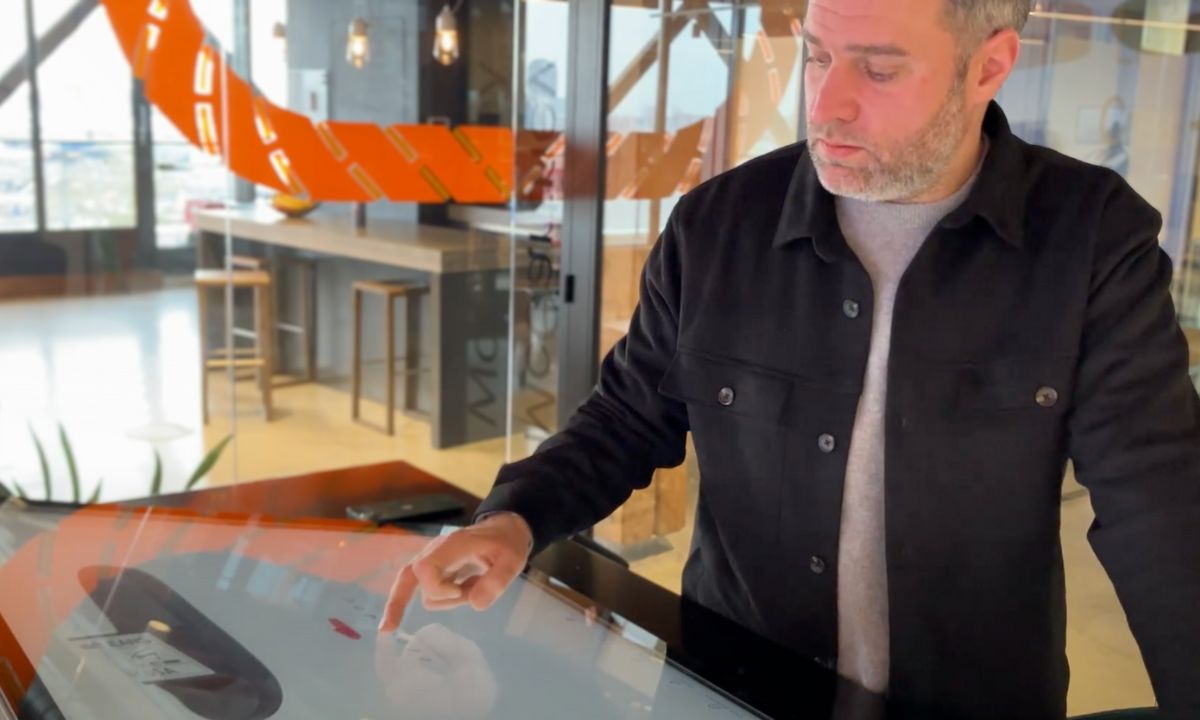Digital showrooms have helped wholesale sales run amidst continuous supply chain disruptions. Despite many fashion brands investing in direct sales channels over the last few years, wholesale revenue remains too big to dismiss for many. There are many different solutions out there, each one with different approaches to wholesale selling. The differences between solutions can be confusing and the terminology doesn't help either. So what is a digital showroom?
Characteristics of a Digital Showroom
Once we understand what a virtual showroom is we can define what digital showrooms are. Most digital showroom software solutions have 3 main characteristics in common:
- Digital showrooms are software solutions that digitize the in-person sales experience. In other words, sales appointments in a digital showrooms are guided by the sales rep.
- Digital showrooms enable brand storytelling. These solutions provide a platform where marketing stories are integrated with the collection to sell, from samples to look books and other in-showroom activations.
- Digital showrooms are a platform for go-to-market teams, not just sales. Marketing, merchandising, sales, and more teams work together through the calendar in one space so everyone can feed from everyone's work in one connected space, instead of navigating countless Powerpoints and Excels.
Virtual showrooms vs digital showrooms. Not a battle of features, but use cases.
A few years ago, digital showrooms were rare in fashion. There was no apparent need to invest in one. The pandemic caused the interest in digital showrooms to blow up overnight. Brands needed them and solution providers quickly included virtual showroom capabilities in their offering. Today, everybody knows what a digital showroom is, what it does and what it doesn't
Hold on a second...Digital Showrooms? Virtual Showrooms? Aren't these two terms for the same thing? Virtual and digital showrooms are different tools. The differences can be found not only in the features but in the use cases and the business value.
What is a virtual showroom?
Virtual showrooms are unique tools that “virtualize” sales appointments. Virtual showrooms enable brands to share collections and seasonal stories without the need for a sales rep to be present when a buyer makes the selection. Sales reps can share proposals with dozens if not hundreds of buyers in an instants, making the selection and order management process smoother for most buyers.
The main difference between digital showrooms and virtual showrooms is how they approach the customer experience. Customers navigate virtual showrooms themselves while Digital Showroom provide a platform for sales reps and buyers to meet and make a selection together. Both platforms share functionalities (product pages, 360 imagery, marketing content, etc), but they differ in how and when they are used. In order to understand which one (if not both) you are looking for, you must first understand your wholesale sales process. Which customers do you want to meet with? Which customers prefer to buy by themselves?
What is the best solution for you? Look at your customers
The rise of virtual showrooms has also made it clear that not all retailers share the same needs and bring the same value for brands. Wholesale is shifting towards a model where the distribution mix is carefully selected to safeguard a consistent brand recognition. Each customer has different needs and more often than not, one solution does not fit everyone's needs.
What do you need? For most brands, both. Digital showrooms and virtual showrooms should work together. From meeting with customers to share suggested orders virtually, brands will need to create a 360 customer experience if they want to stay relevant in an ever growing digital B2B space. From B2B webshops to digital showrooms and virtual showrooms, building a sales ecosystem software will be the key to create a future-proof experience in wholesale sales.







